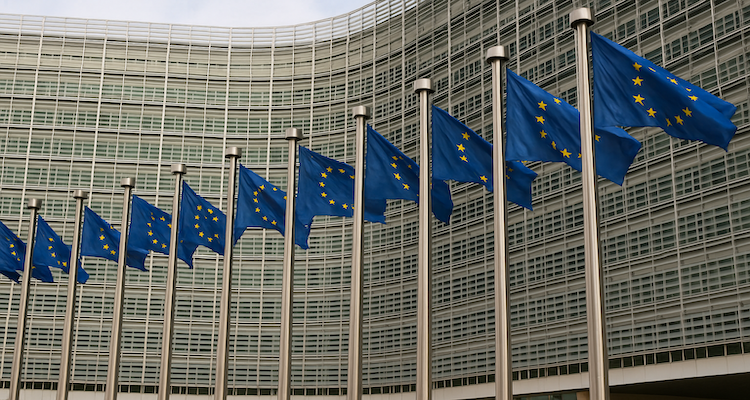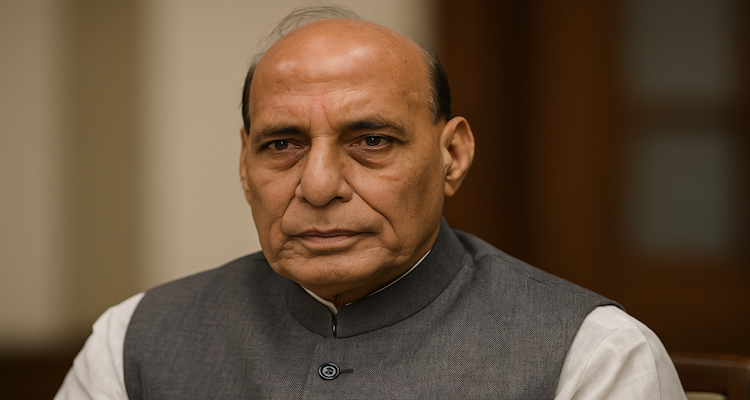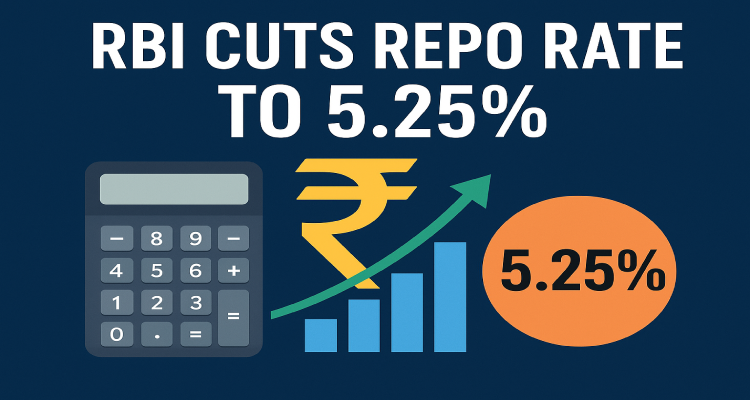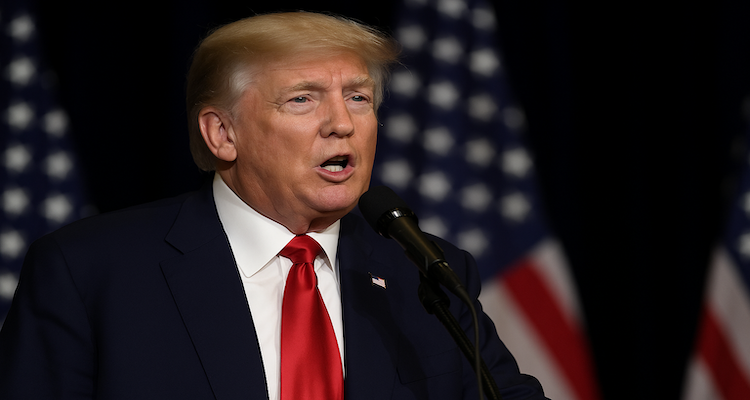Deendayal Port Commissions 1 MW Green Hydrogen Plant, Boosting India’s Clean Energy Drive
The newly commissioned facility marks a significant step toward maritime decarbonisation and supports India’s ambitious green hydrogen mission
India’s Deendayal Port commissions its first 1 MW green hydrogen plant in Kandla, marking a pivotal move in maritime decarbonisation and sustainable energy innovation.
A Green Milestone on the Coast of Kutch
In a landmark move toward sustainable port operations, Union Minister of Ports, Shipping & Waterways, Sarbananda Sonowal, inaugurated a 1 MW Green Hydrogen Power Plant at Deendayal Port Authority in Kandla on July 31. With the capacity to produce 140 metric tonnes of green hydrogen annually, the facility marks a foundational step in India’s journey to decarbonise its maritime and industrial sectors.
The commissioning of this plant is the first phase of a broader 10 MW green hydrogen infrastructure vision, highlighting India’s rising momentum in clean energy leadership.
Understanding Green Hydrogen: Cleanest Among Fuels
Hydrogen, though the most abundant element in the universe, is rarely found in its elemental form. Its sustainability impact depends on how it is produced. Here’s how hydrogen is categorized:
- Grey Hydrogen: Produced using methane or coal via processes like steam methane reforming, emitting high CO₂ levels.
- Blue Hydrogen: Similar to grey, but emissions are partly mitigated using carbon capture technologies.
- Green Hydrogen: Generated through electrolysis of water, powered entirely by renewable energy sources—resulting in zero carbon emissions.
The newly inaugurated Kandla plant falls into the third category, placing it at the forefront of sustainable innovation in India’s energy landscape.
The Bigger Picture: National Green Hydrogen Mission
The plant’s inauguration aligns with the National Green Hydrogen Mission (NGHM), launched by the Government of India in January 2023 with a budgetary outlay of ₹19,744 crore. The mission aims to:
- Produce 5 million tonnes of green hydrogen annually by 2030.
- Attract ₹8 lakh crore in investment.
- Reduce dependence on imported fossil fuels.
- Facilitate a shift toward net-zero emissions by 2070.
With global energy demand shifting rapidly, India’s bet on green hydrogen places it in a strategic position to lead the hydrogen economy, especially in sectors like refining, ammonia production, steelmaking, and heavy-duty transport.
Why Kandla’s Plant Matters: Key Developments & Impacts
Deendayal Port’s 1 MW facility is more than a single-project milestone—it’s a technology demonstrator, policy enabler, and economic catalyst:
- Production Capability: 140 MT of green hydrogen per year can significantly reduce the port’s carbon footprint and pave the way for fuel cell applications.
- Sustainable Maritime Operations: As a key node in India’s shipping ecosystem, Kandla could become a Green Hydrogen Hub, supporting green bunkering for ships and hydrogen-powered vehicles at the port.
- Scalability: This project sets the foundation for the future 10 MW facility, multiplying its green fuel output and enabling wider industrial adoption.
According to the Ministry of Ports, Shipping and Waterways, this initiative is part of India’s larger strategy to make ports net-zero and self-sustaining.
Expert Reactions: Optimism and Caution
Dr. Anurag Pandey, a renewable energy expert and advisor on hydrogen policy, remarked:
“Green hydrogen isn’t just a clean fuel; it’s the bridge between India’s energy security and environmental responsibility. The Kandla plant showcases how public infrastructure can lead innovation.”
Industry leaders see the move as a signal to accelerate private investments and collaborative ventures in the hydrogen ecosystem. However, experts also caution about the cost and infrastructure challenges, such as:
- Electrolyser costs and import dependence
- Intermittency of renewable power
- Water consumption for electrolysis
- Lack of hydrogen-specific safety and transport norms
Nevertheless, the sentiment remains strongly positive.
What Lies Ahead: India’s Role in the Global Hydrogen Economy
The green hydrogen initiative at Deendayal Port has broader implications:
- Export Potential: With Europe and Japan seeking green hydrogen imports, India can position itself as a major supplier.
- Sectoral Decarbonisation: Heavy industries like steel, cement, and chemicals stand to benefit from domestically produced green hydrogen.
- Technology Innovation: Under the Mission’s SHIP (Strategic Hydrogen Innovation Partnership) program, R&D is being prioritized to develop cost-effective electrolyser technologies and storage solutions.
- Skill Development: India plans to develop specialized training programs to support the hydrogen economy workforce of the future.
According to NITI Aayog projections, India’s hydrogen demand could grow four-fold by 2050, comprising 10% of global demand. By then, the cumulative value of India’s green hydrogen economy could reach $340 billion, reshaping its energy and economic landscape.
Conclusion: India’s Green Hydrogen Journey Has Truly Begun
The commissioning of the 1 MW green hydrogen plant at Deendayal Port is not just a technological feat—it’s a signal of intent, a policy benchmark, and a beacon of India’s green industrial future. As the country marches toward energy independence and net-zero targets, such initiatives lay the groundwork for a resilient, export-ready, and sustainable energy economy.
India’s hydrogen journey has left the shore—and its voyage has just begun.
Disclaimer: This article is intended for informational purposes only and does not constitute financial or energy policy advice. The views quoted are for illustrative purposes and may not represent official government positions.











